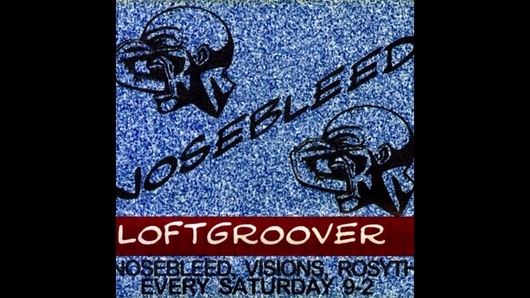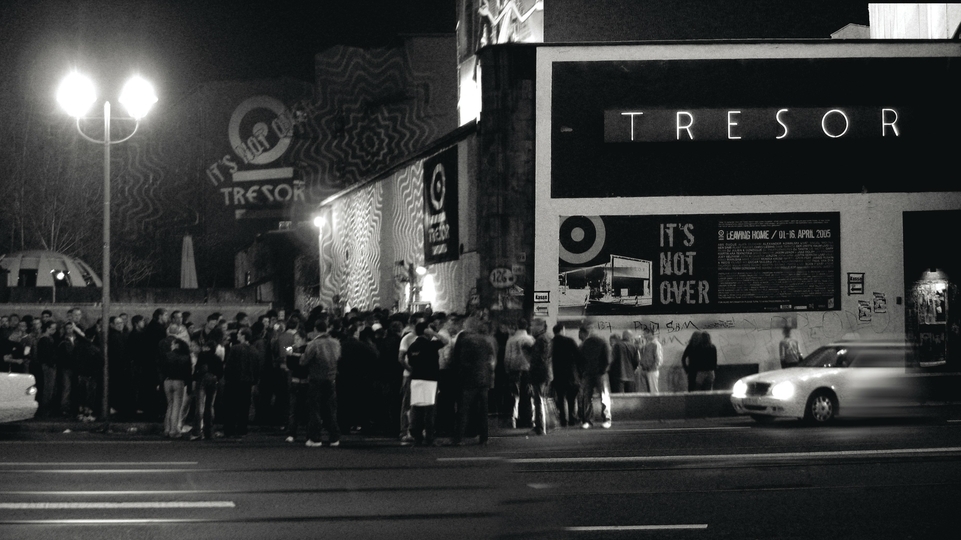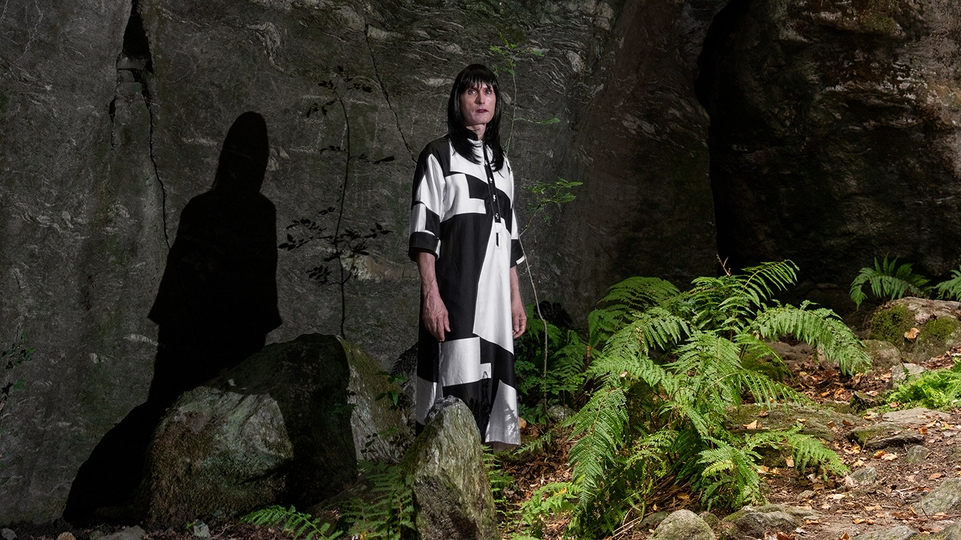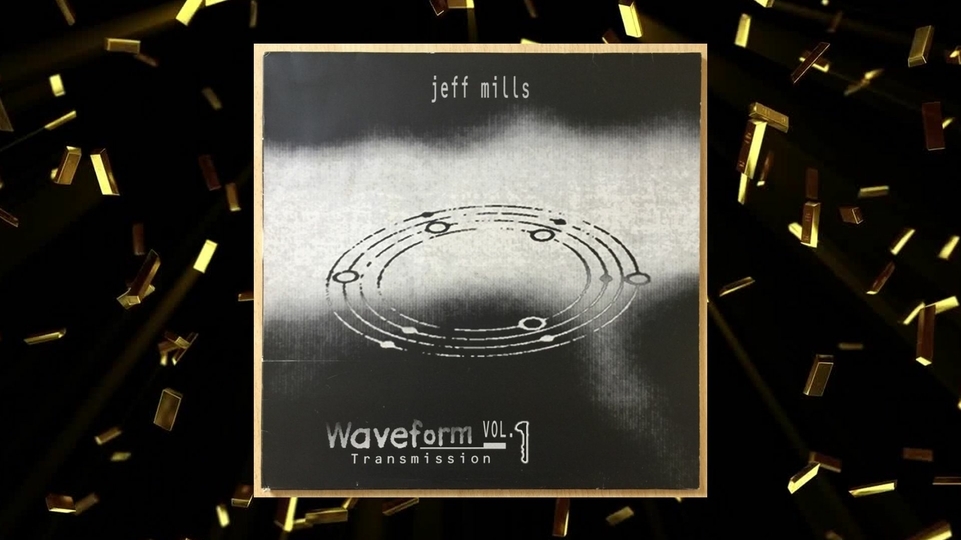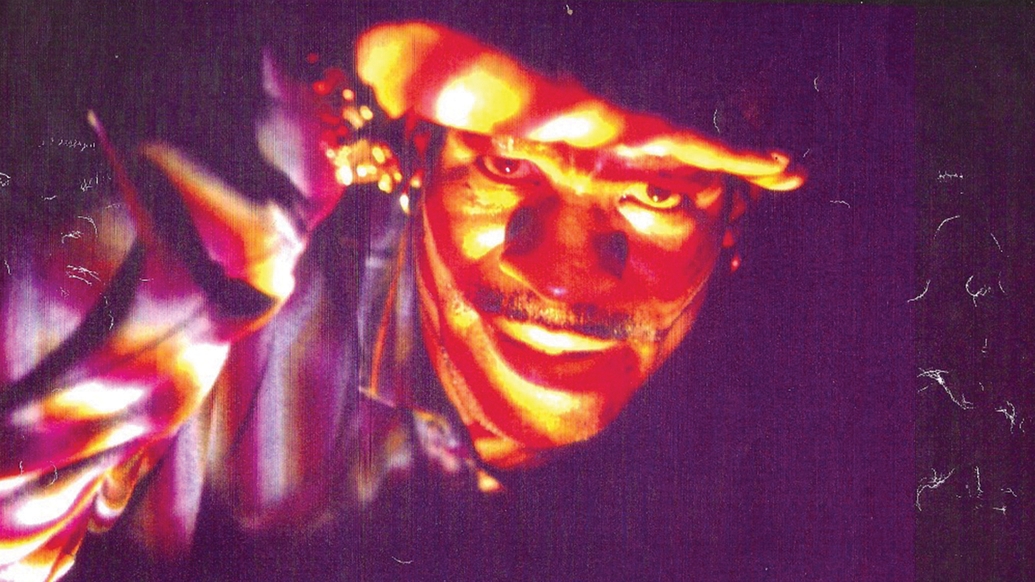
The return of Loftgroover, the '90s hardest-playing UK DJ
Rising to notoriety in the ’90s with his hardcore techno DJ sets, Loftgroover had a huge following, before the pressures of popularity led him to withdraw from the scene. 30 years later, he’s back and rejuvenated as a d&b DJ. Holly Dicker learns his story
One of the UK’s greatest living DJs never intended to be a DJ. For Loftgroover, the music itself was enough.
“DJing didn’t appeal to me,” says the born-and-raised Londoner in his deep dulcet tones. He is warm and engaging on the phone; someone you feel an instant connection with, who becomes animated as he talks about his lifelong passion. “First and foremost, music to me is so personal. I’m really selfish about music. Once I’m in my thing, I don’t really care what everyone else is doing.”
Driven by a need to be different from his peers, and an all-or-nothing approach to sharing the music that spoke “directly to his being”, Loftgroover — or “Lofty”, as he is affectionately known — emerged in the late 1980s with enviable mixing skills at a time when beat-matching was rare. He forged a career out of bucking trends and pioneering sonic pairings, becoming famous towards the end of the ’90s as one of the UK’s hardest DJs. He did things that nobody else would dare, like dropping undiluted metal tracks into his full-on gabber techno sets at megaraves like Helter Skelter, earning him legions of fans along the way. Then, at the height of his fame in 1999, he decided to quit.
“I didn’t want anything to do with music,” says Lofty. “I was surrounded by records. I couldn’t get out of bed without stepping on records. I couldn’t go shopping with the kids without people hailing me from buses. So one day I woke up and decided to get rid of every record that I owned, every single one.”
He was losing himself to the cult of being Loftgroover, and what began as a hobby had turned into a chore. Thankfully, however, the calling couldn’t be silenced for very long. This is how a lad from Stamford Brook — who lived in a loft, and succumbed to the groove — became Loftgroover.
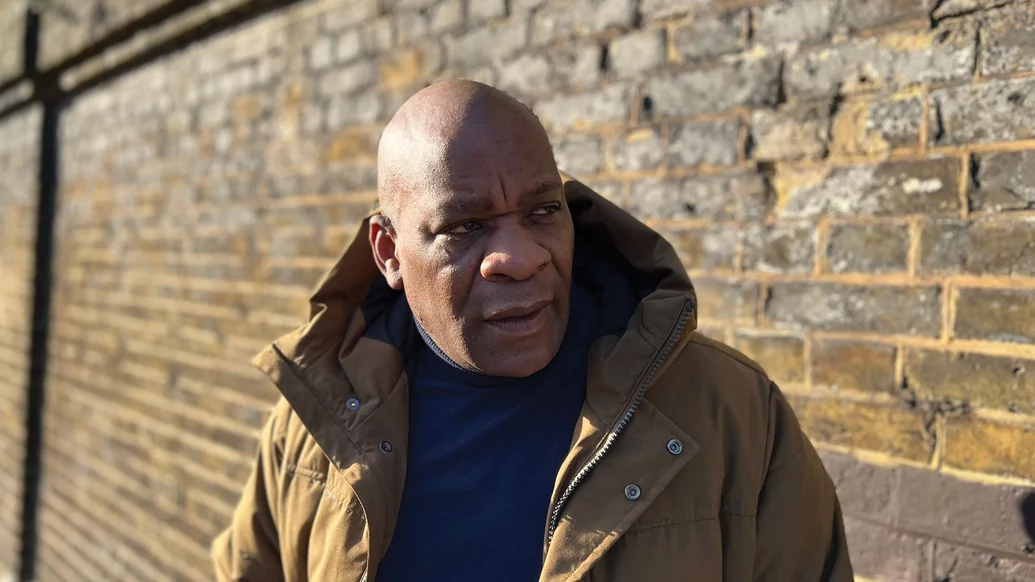
“I was always into something different from my peers,” explains Lofty. He grew up listening to his dad play jazz on the saxophone and dancing to go-go at the Electric Ballroom in North London’s Camden Town. “My subconscious wanted something else, something different from the norm.” He was buying records while at primary school, and cites DJs like Paul ‘Trouble’ Anderson and Jazzy M, as well as pirate radio stations like Radio Caroline and Radio Luxembourg, as some of his earliest influences.
Lofty started working at Dance Floor Records in 1989, a shop in the South London neighbourhood of Streatham. His first clubbing experience was at Rage, the Thursday night jungle crucible at Heaven, founded by Fabio and Grooverider. “Rage was good, but I’d rather sit at home and listen to Jazzy M,” says Lofty. “That was an instant addiction. Without Jazzy M, there wouldn’t be a Loftgroover.”
He got his first DJ gig playing acid house and Detroit techno at cult West End club Le Beat Route, for Danny Rampling’s acid house and Balearic party Mad on Mondays. He was made a resident DJ after his very first set. Going into the ’90s, as acid house transitioned into hardcore rave in the UK, Lofty’s ears were attuned elsewhere; to the 4/4 techno emerging from Belgium and Germany, and from labels like R&S and Music Man Records. Lofty was regularly visiting Europe at this watershed moment to buy vinyl for the record shop in Streatham — and his own collection. He was also playing at places like the UFO in Berlin, the acid house precursor to the city’s first techno haven, Tresor.
Lofty was DJing more frequently now, picking up a residency at Orange: a renowned early rave event at North London club Rocket, run by ’90s promoter and artist Chris Paul. Billed alongside DJs like Grooverider, Randall and Hype, Lofty made sure that he stood out. “A lot of DJs were playing for a rewind and I wasn’t like that,” he says about mixing Belgian techno with UK rave tracks, and refusing to play the hits. “There was so much music out there that people were not hearing.”
Dance Floor Records was not only a gateway to new music, it was also a place for Lofty to meet inspiring people, such as future collaborator Ron Wells, aka Jack Smooth. “I can’t remember when we first decided to make a tune together, but I think it was only a few months after meeting at Dance Floor, because we got on like a house on fire,” says Wells. “We called ourselves Techno Bros as a mickey-take on Bros, the pop band. Nothing we ever did was serious, it was jokes all day.”
The pair released a series of 12-inches on Basement Records in Reading, and set up the “heavy techno house” label Sinister Recordings for a short-lived run of releases between 1992 and 1994, before the duo naturally parted ways. Wells embarked on a more serious production and engineering career, chasing the continuum as jungle rolled into drum & bass; Lofty’s inner being was pulling him elsewhere. Wells remembers their time together fondly, which included a stint on Wells’ pirate radio station Green Apple, which later became the influential Dance Nation Radio channel on Sky Sports. Lofty was one of the station’s most popular hosts; his charisma, deep laugh and even deeper musical knowledge made him a natural radio star.
“And in the clubs he was a devastatingly good DJ,” remembers Wells. “It was almost like he was using the sync button with turntables. He was absolutely solid. His sets felt like being hit with a sledgehammer.”
There was only one hotspot for hard techno in London in 1992: Knowledge. Founded by the renowned KISS FM DJs Colin Dale and Colin Faver together with promoter Jane Howard, for a few short, explosive years, Knowledge at the SW1 Club was the place to be every Wednesday night. Careers and friendships were forged on the dancefloor of Knowledge, soundtracked by international DJs like gabber godfathers Lenny Dee and DJ Paul, techno heroes Sven Väth and Mad Mike Banks, and then-rising radicals like Aphex Twin. Loftgroover and Brenda Russell were the club’s unofficial residents.
“I got chatting to him because he always used to play the bloody pinball machine next to me, and he’d constantly be asking for 50 pence pieces,” remembers Simon Underground. One of the main distributors for hardcore techno in the UK, Simon started out running his first record stall at Knowledge. “I was always ribbing him to buy records from me, trying to push him towards the dark side, but he stuck to his guns and played some amazing sets there.” Through Simon, Lofty connected with Lenny Dee, and from that point “everything stopped and gabber took over,” says Lofty. Throughout the ’90s, Lofty rose to notoriety as one of the UK’s most well-known hardcore techno DJs, performing at European gabber events such as Hellraiser in the Netherlands, one of the earliest iterations of the Energy Street Parade in Switzerland — Zurich’s answer to the Love Parade — and a legendary all-nighter in Paris with Liza N Eliaz, Belgium’s “Queen of Terror”.
Closer to home, Lofty was also a regular in Scotland, playing megaraves like Rezerection and smaller, sweatier club nights such as the aptly-titled Moist and Nosebleed, and parties at CJ’s, in the tiny Fife mining town of Rosyth. Compared to London in the mid-’90s, where jungle and drum & bass reigned supreme, hardcore techno had a much bigger following in Scotland. It’s where Lofty met his other key collaborator, Vince Watson, who co-produced some of his best-known tracks under the alias Zeed.
“We made loads of music together, most of which has never been released,” says Watson. “I didn’t have a proper studio at the time, so we were literally recording on really poor equipment in my dining room.” Lofty launched his own label, Redhead Records, during this period, which was again short-lived. “I never considered myself to be a producer, so I didn’t take it seriously, just had a laugh,” he says. “And amazingly, people bought it.”


If Lofty has a signature, it’s starting mosh pits in the rave. There were various crews exploring the crossover between hardcore techno and metal in the ’90s — Lenny Dee’s seminal Industrial Strength Records in the US, German artist Miro and the Kotzaak Unltd. label, and Gangstar Toons Industry in France — but Lofty made it his own. “Gabber made me discover my real love for metal,” he says. He would drop tracks by Earache bands like Morbid Angel, Bolt Thrower, Carcass and Napalm Death into his nosebleed gabber and speedcore sets: “I went mad!”
‘Loftgroover Presents Speedcore’, a double mix CD released in 1998, represents the pinnacle of Lofty’s achievements in the hardcore techno scene.
“That CD featured quality music, which reached an audience that none of us could have hoped to reach,” says Simon Underground. This was equally true of his DJ sets, where he used the podium of high-profile rave events like Helter Skelter and Club Kinetic to feed crowds the unexpected. “And audiences absolutely lapped it up,” continues Simon. “Dropping The Berzerker in the middle of a speedcore set just made people go batshit crazy. It was a pioneering thing to do at the time.”
But this was also the beginning of the end for Lofty. “Gabber had lost its funkiness,” he explains. “It had gone fast beyond reproach. It just wasn’t the same.” He was also starting to feel the pressure of fame. “To see things blow up and then realise so much is wanted from you, it was like some kind of intrusion. The love I had for the music had turned into some kind of puppet show.”
Lofty’s swansong, as it were, happened at Helter Skelter’s Energy event in 1999, where he committed the “cardinal sin” of playing drum & bass in the techno-purist Technodrome. “People were shaking their fists, and a couple of people wanted to fight with me. By that time, I’d had enough.”
It should come as no surprise that Lofty is re-emerging as a drum & bass DJ — and a phenomenal one at that. “I’ve always been into drum & bass,” says Lofty. “Throughout that period, the only thing keeping me sane was drum & bass.”
Radio has also been key in relighting Lofty’s fire. Throughout the 2000s, he had a weekly show on RudeFM, one of the longest-serving drum & bass internet stations, based in London. More recently, he’s taken to self-streaming DJ sets loaded with dark and potent jungle drum & bass rollers from a humble setup at home, and playing for PRSPCT Radio, the 24/7 streaming internet station connected to the hard electronic music label PRSPCT Recordings.
In April, he will play his first proper drum & bass DJ set in front of a crowd at PRSPCT’s annual gathering at the Maassilo, a monolithic grain silo-turned-concert venue in Rotterdam. He’s also performing at the Ultimate ’90s Rave in Edinburgh, on the Underground stage with Lenny Dee, and the DJ/producer and childhood friend Dave Angel; then there’s the notorious Bang Face Weekender, taking place at Southport Holiday Park in May.
“Let that be a lesson to people: that if you’ve got something, it will be seen,” says Lofty. Over 30 years and several musical evolutions later, it seems like Loftgroover — “the master of rave” — has finally got his groove back.
